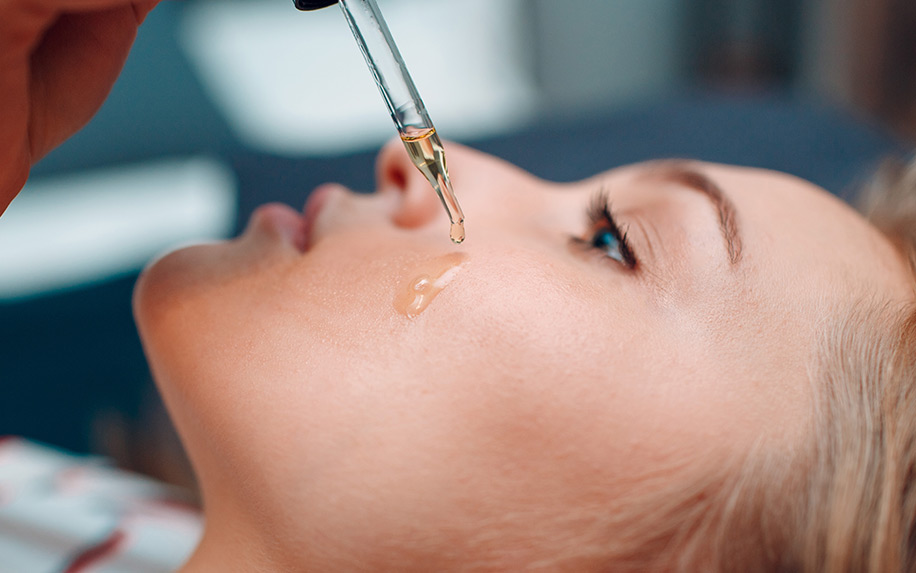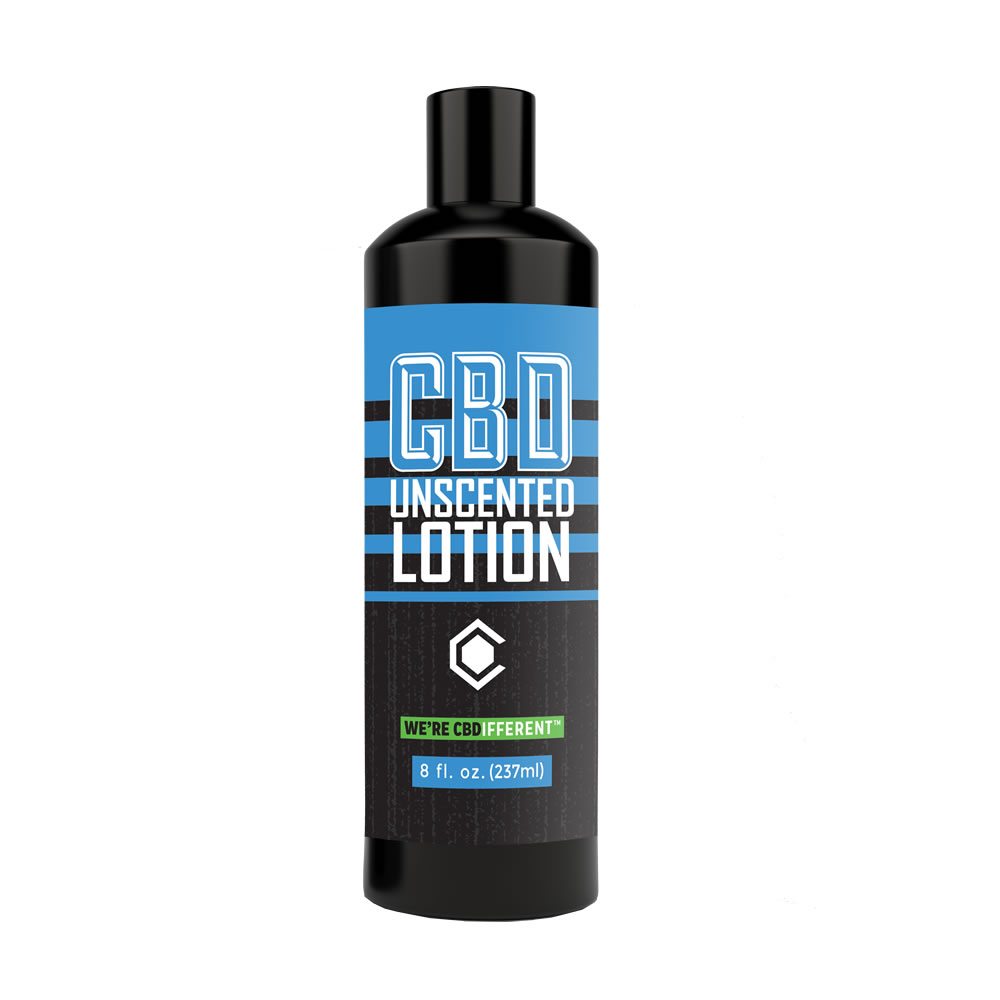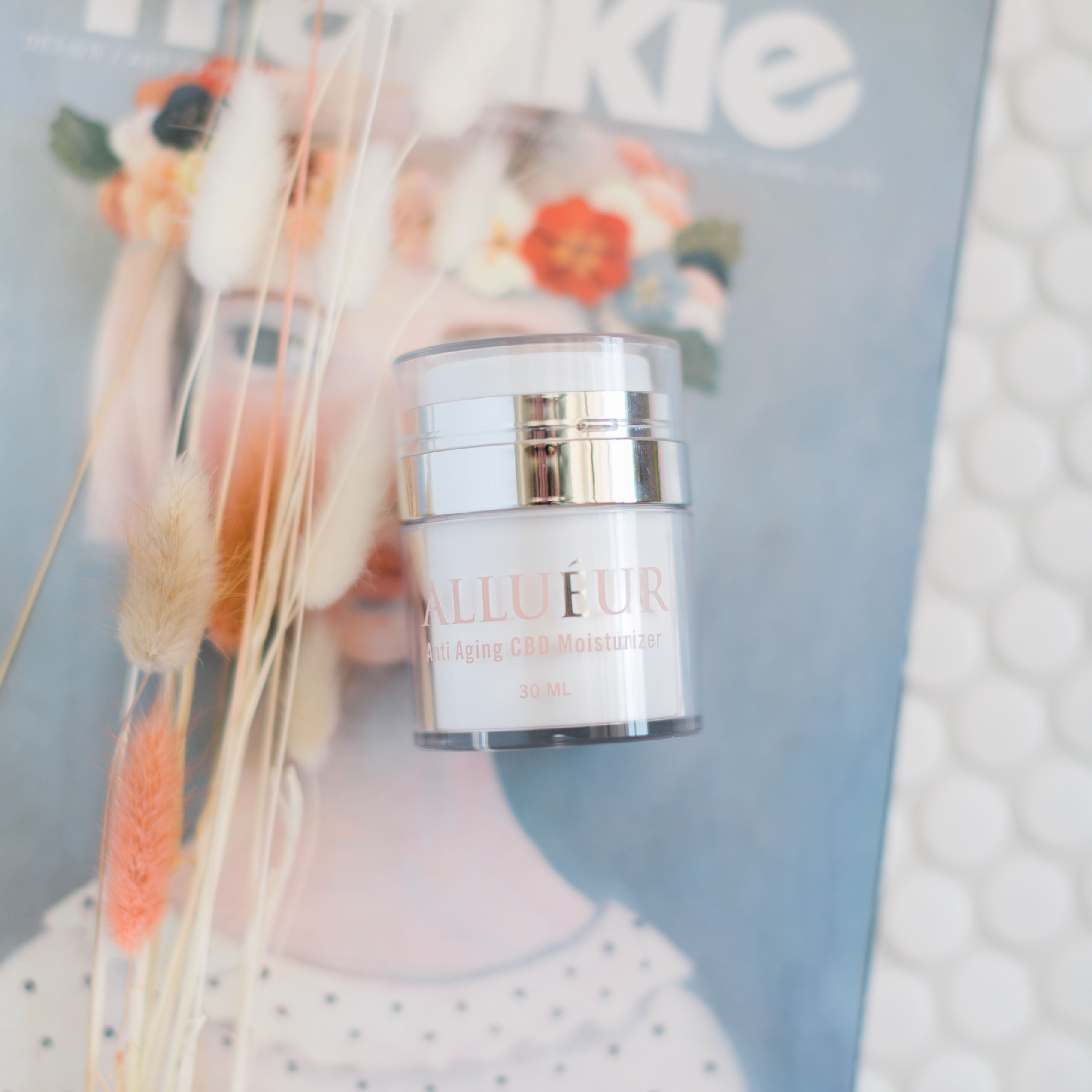
If you have sensitive skin, you’ve probably tried a fair number of skin care products that didn’t work as expected — and you may have heard that CBD oil could be a safe, gentle alternative. However, if you’re like many people, you might still be skeptical about putting it on your face.
According to the Food and Drug Administration (FDA), one of the biggest complaints about skin care products is that they’re too harsh for sensitive skin. It’s not simply a matter of mild discomfort or embarrassment, either: according to one study, “[the] data suggests that consumers attribute a significant proportion of serious health outcomes to cosmetics.”
These complaints are growing more frequent, too. The organization reported that complaints about beauty products have skyrocketed since 2016, so it’s little wonder that people with sensitive skin are nervous about trying new products — especially ones intended for facial use, which were some of the most frequently denounced.
On the bright side, studies show that CBD is a highly tolerable substance for all skin types. This means that it doesn’t cause irritation or other side effects like many skin care products such as vitamin C serums or retinol creams. In fact, when the World Health Organization (WHO) recommended removing international controls on CBD, it specifically stated that the oil had no potential for significant side effects.
But does that mean that it’s perfectly safe to use on your face?
Is It Smart to Put CBD Oil on Your Face?
This question is a complex one, because while CBD itself has been shown to be safe, the same can’t always be said for the other components in the oil. The FDA still has no official guidelines when it comes to CBD, and the lack of regulation has left consumers with a great deal of uncertainty about the products they’re purchasing. Without an authoritative source of information to rely on, self-education is the only way to understand what you’re actually putting on your face.
For example, if you’re using a hemp-derived CBD oil, you should know that hemp plants are bioaccumulators, meaning they’re adept at absorbing materials from the soil in which they’re grown — including heavy metals. As a result, oils produced from these plants may contain toxic chemicals and carcinogens, albeit usually in trace amounts. Some of these oils are tested in independent third-party laboratories before they’re shipped off to market, but many are not.
It’s also possible that you could be allergic to the carrier oil present in your CBD oil. Most CBD products are mixed with coconut oil, as this makes it much easier for it to be processed by the body. Coconut oil allergies are rare, but they do exist — and if you don’t know you have one, it could lead to potentially life-threatening side effects when applied topically.
At the same time, these dangers shouldn’t be overstated. For most people, CBD oil is safe and effective, and taking a few simple precautions will help you avoid a negative outcome.
3 Mistakes to Avoid When Putting CBD Oil on Your Face
The list of CBD’s benefits for skin care is a long one. It can control sebum production, fight free radicals, and reduce inflammation, while its rich fatty acid content makes it an excellent addition to anti-aging eye creams and other products. However, it’s hard to take advantage of these when the oil is applied incorrectly. Here are some of the most common mistakes people make when using CBD oil on their faces:
Not Testing the Product Safely
Beauty spas and clinics insist on patch testing products on your skin before
applying them, but most of us don’t follow the same cautionary process at home.
A quick and easy home patch test could be the difference between the
pimple-free complexion you’ve always wanted, and itchy, irritated skin that
takes weeks to heal.
To patch test your CBD oil, simply apply a drop of it to the skin on the inside of your wrist and elbow, and leave it there. If your skin hasn’t had a reaction after 24 hours, you can apply it directly to your face with confidence. If you do notice an issue, you can try mixing the CBD oil with another product (such as a lotion, cream, or body butter) and repeating the process.
Applying Improperly
Applying products correctly is just as important as using the right ones. Many
people think that quickly slapping it on is enough, but this isn’t the case. If
you want to get the most out of your CBD oil, it’s worth taking a few extra
minutes to apply it in a way that maximizes its results.
If you’re using a CBD oil on its own, you should apply a few drops of it to the tips of your fingers and tap them off the skin around your face. This encourages blood circulation, which will help the skin to absorb the oil more easily. Then, begin to massage the oil around the face so that your skin is coated in the oil (it’s best to avoid particularly sensitive areas, like around the eyes).
Once you’ve spread a thin, even layer of oil across your face, press it firmly into the skin with the palms of your hands. Don’t rub it in like you would a cream or lotion — oils and oil-based products like serums are absorbed better with a bit of pressure.
Finally, end the application by sweeping the palms of your hands from the face down the neck and pressing firmly against your decolletage. The entire process should take about five minutes, and it will make a big difference in how your skin looks and feels.
Not Layering the Products
Correctly
In recent years, many Americans have replaced the traditional three-step
“cleanse, tone, and moisturize” skin care routine with much more complicated
rituals, inspired in large part by Korean skin care practices.
This exciting new trend has come with a catch, though, as some are unsure of
how to apply all these new, unfamiliar products.
However, by following one simple rule, you can ensure that you’re layering your products correctly:
Start off with the lightest products first, then apply those with medium consistencies, and finish with the heaviest.
For most people, this will mean starting with water-based products, followed by oils and serums, and finishing with thick lotions and creams. This layering system will mean that all of your products are thoroughly absorbed, especially if you can set aside 15 minutes between each application.



